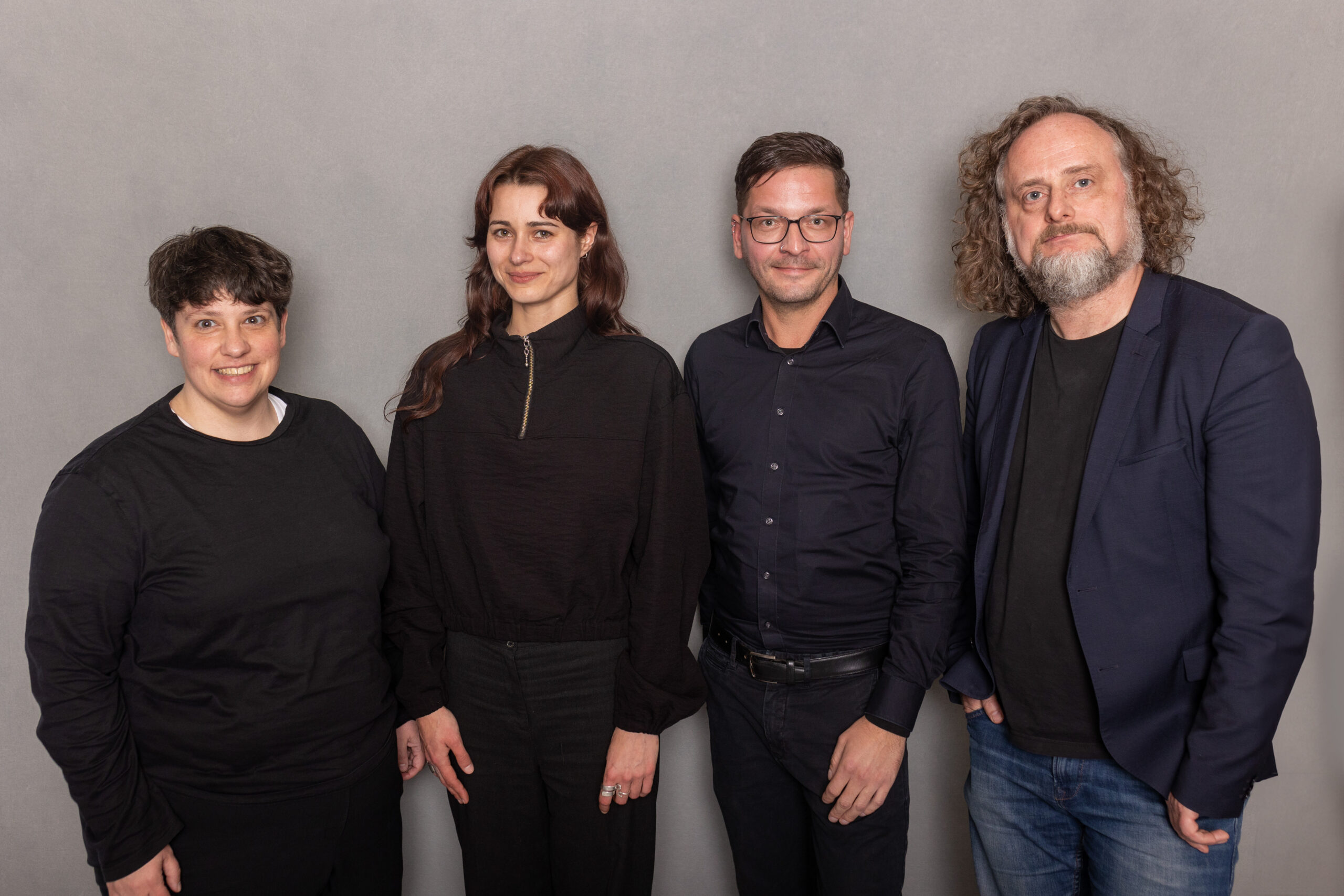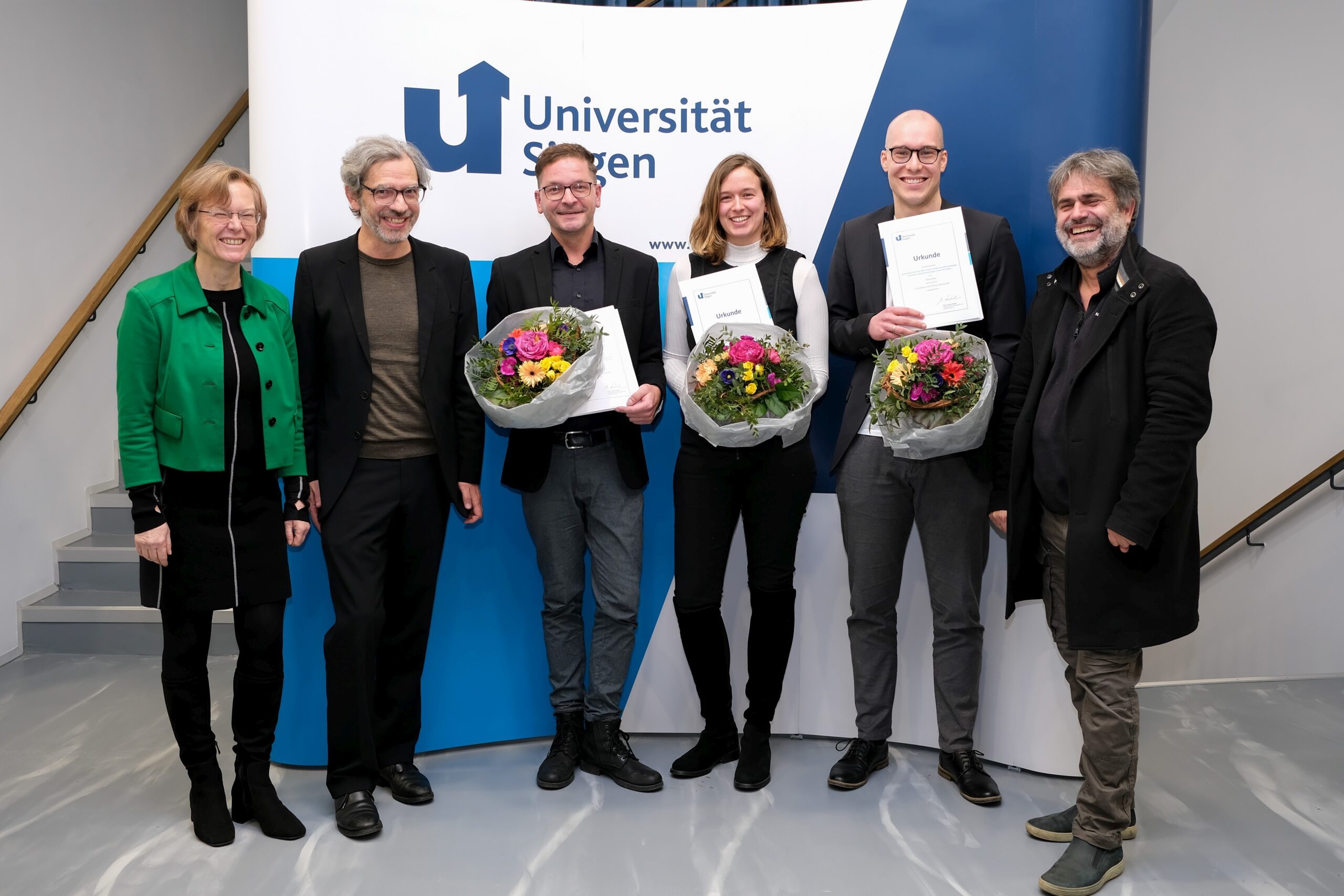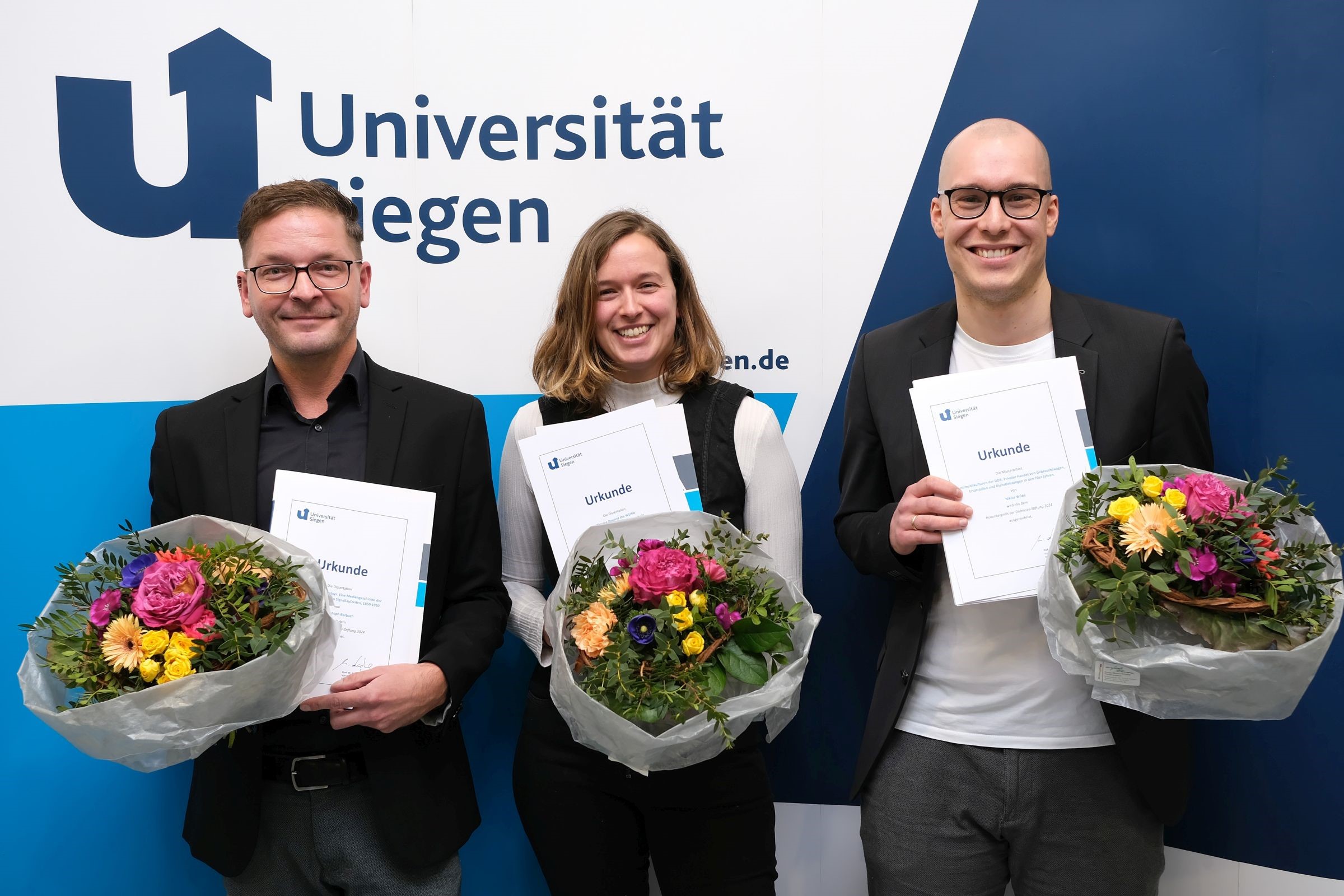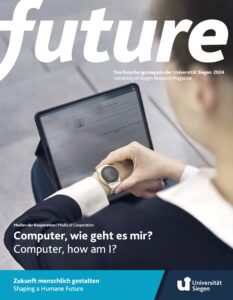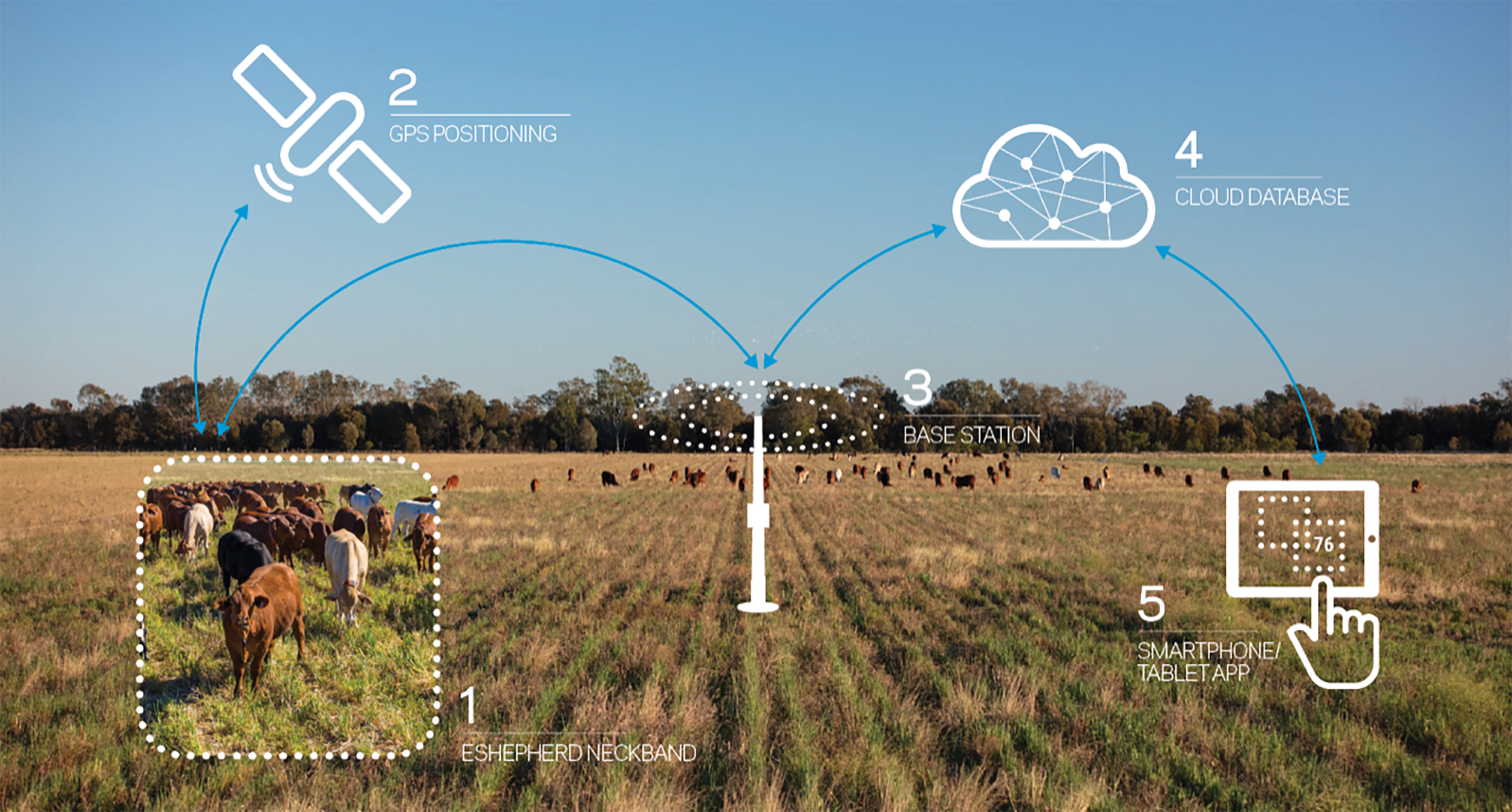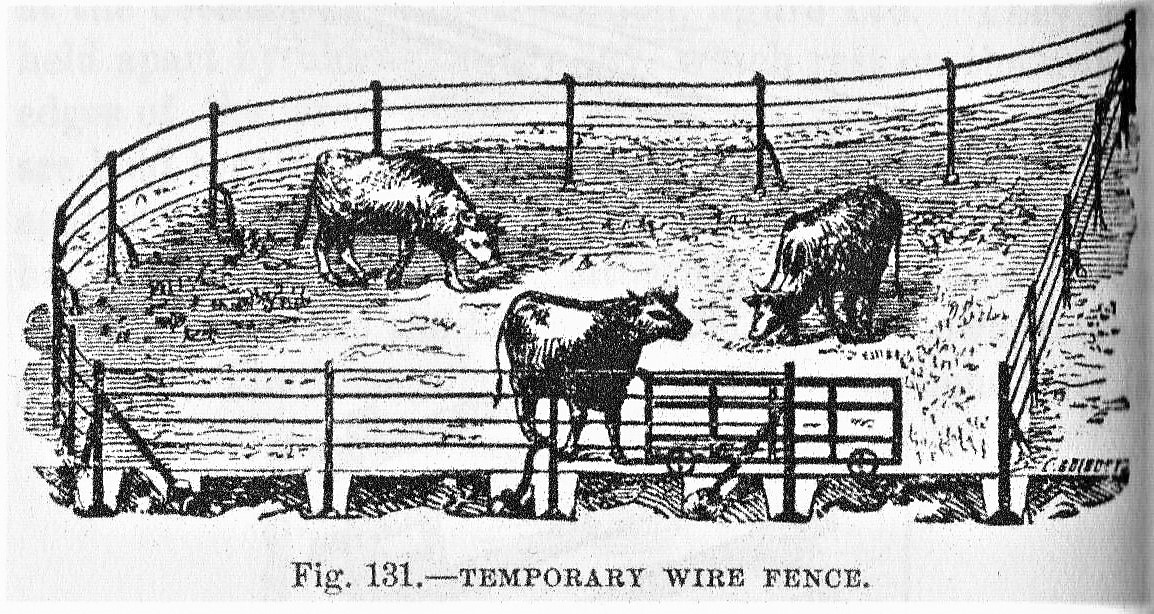About drivers of the fourth industrial revolution
About the special issue
Digital twins are currently the most important drivers of the fourth industrial revolution. Ever more complex technical products and processes are now developed and tested in the virtual sphere before they emerge in the “real” world. Future artefacts and practices are first produced as software models and simulated as digital twins. The prevalence of digital twins in industry and research creates a fundamental paradigm shift in digital-media technologies. The digital is neither a real-time virtual representation of a real-world physical object nor an entirely separate object: it is much more, for it allows for the analysis of future performances of objects without the physical presence of these objects.
Digital twins represent the techno-ideological paradigm of our time. They have their own ethos in the context of a technocratic view of the world, which presumes that everything observable or at least sense-able can also be made countable, accountable, and computable. While digital twinning originally only involved technical systems, it nowadays also predicts other parameters, such as human movement patterns and occasionally also social aspects. Digital twins are thus emblematic and paradigmatic of a technocratic view of the world defined by the belief that everything can be calculated and controlled. Digital twins are technopolitical artefacts, or rather, they are inscribed with a techno-ecology, as they are increasingly involved in institutional decision-making that can ultimately affect us all. It is in this context that digital twins unfold their true power.
Christoph Borbach, Wendy H.K. Chun, and Tristan Thielmann took this situation as an opportunity to co-edit a special issue of New Media & Society on “Digital Twinning”. The special issue is now available online, with most contributions in open access. Their co-authored editorial “Making everything ac-count-able: The digital twinning paradigm” can be found here.
Some of the contributions are related to the 2023 annual conference of the CRC 1187 on “Digital Twins & Doubles. Data of Cooperations.”
